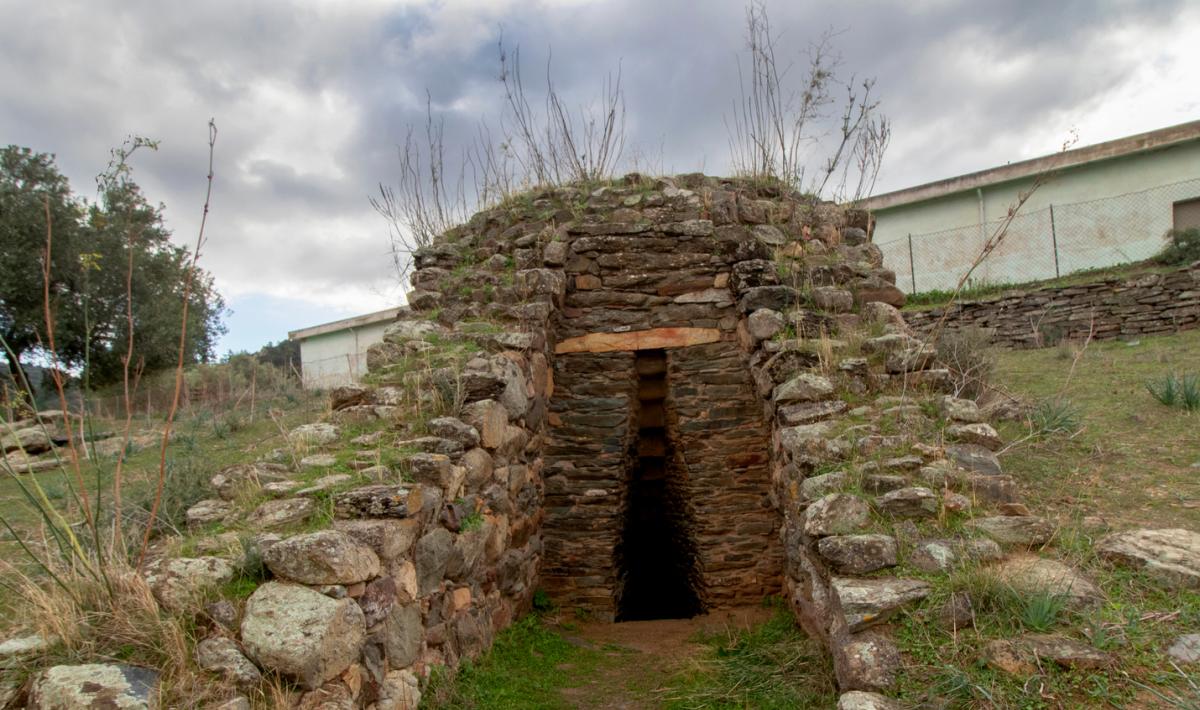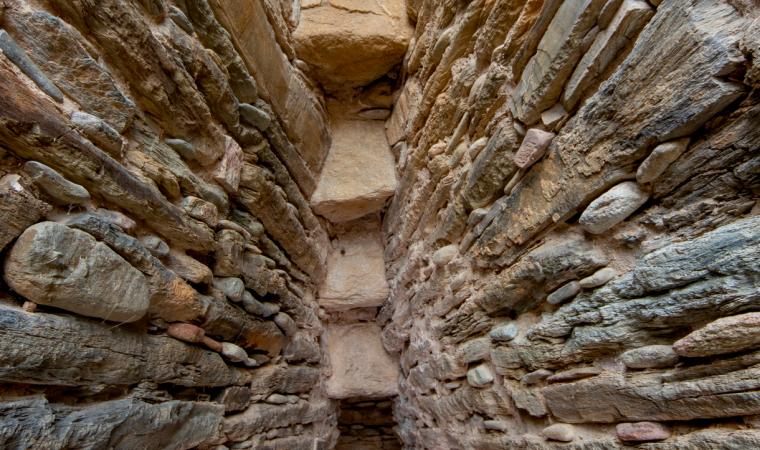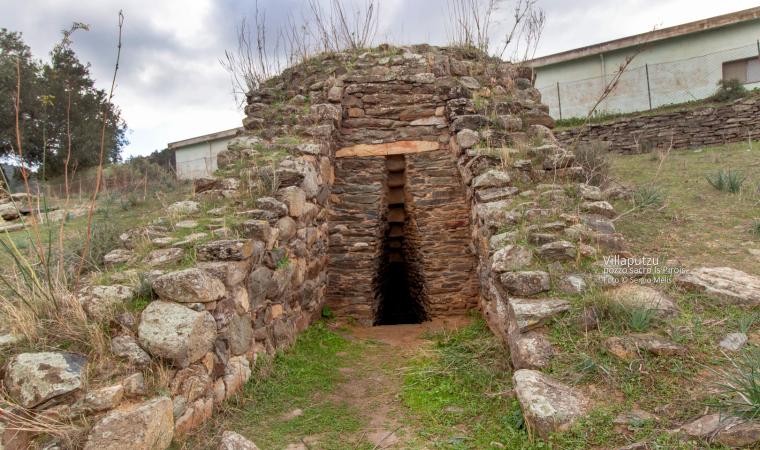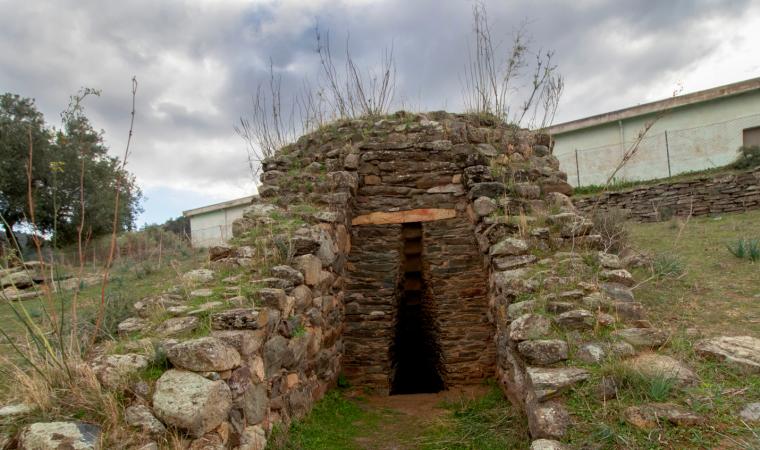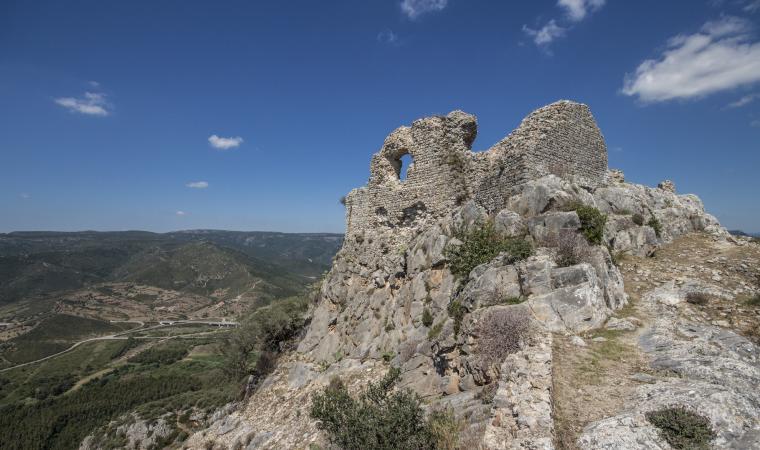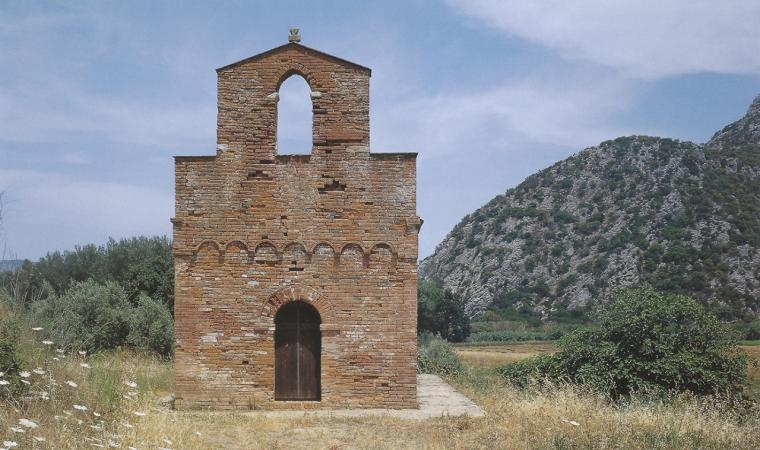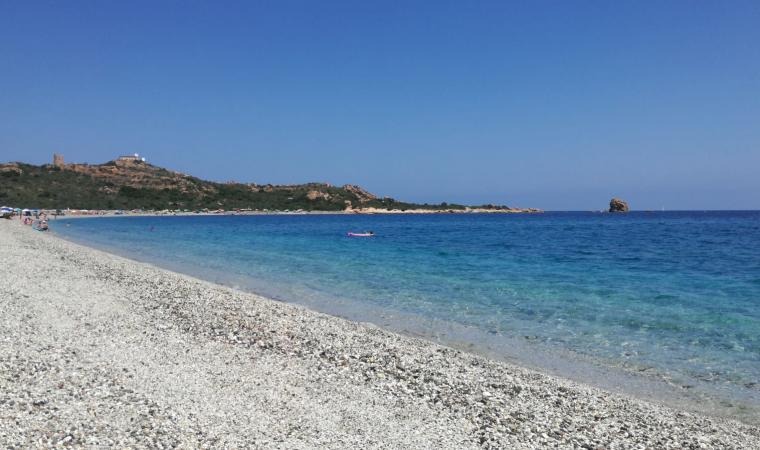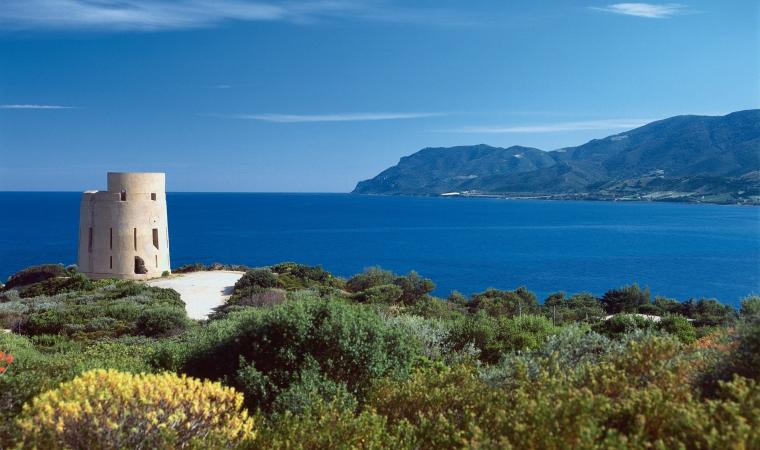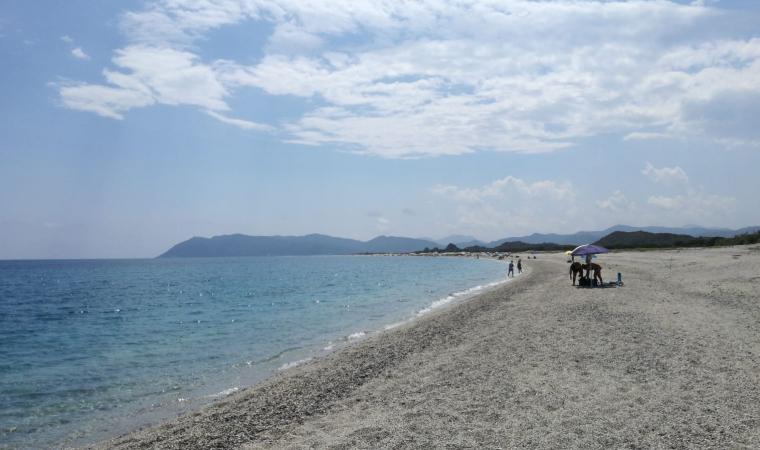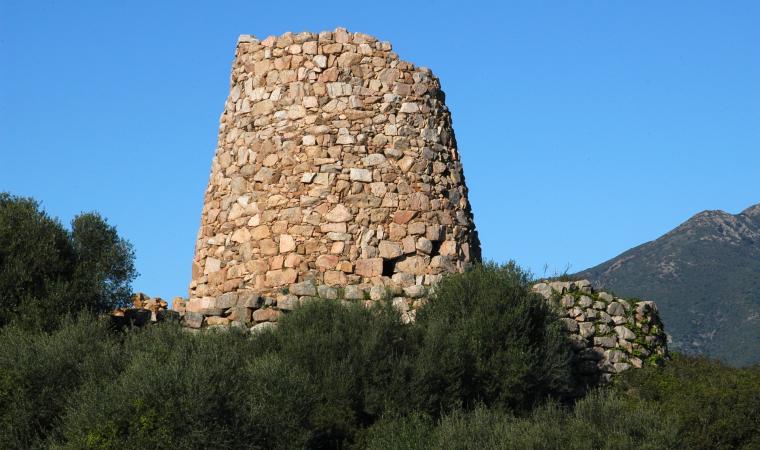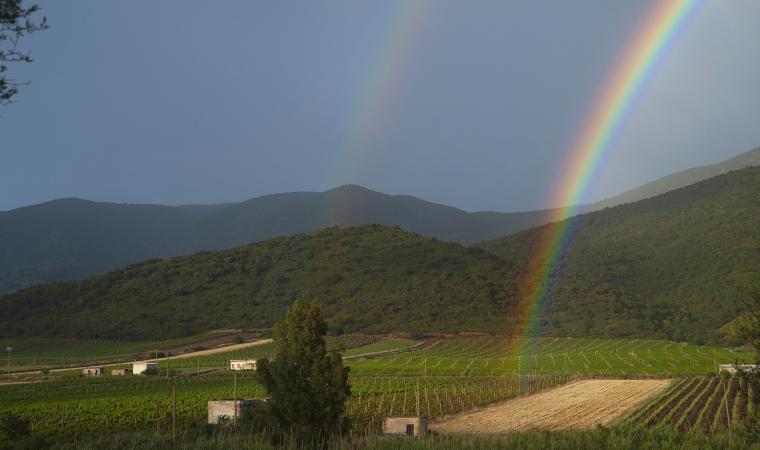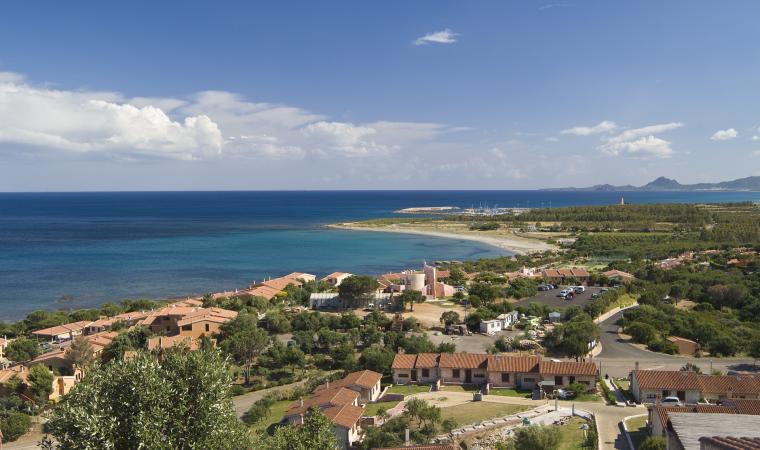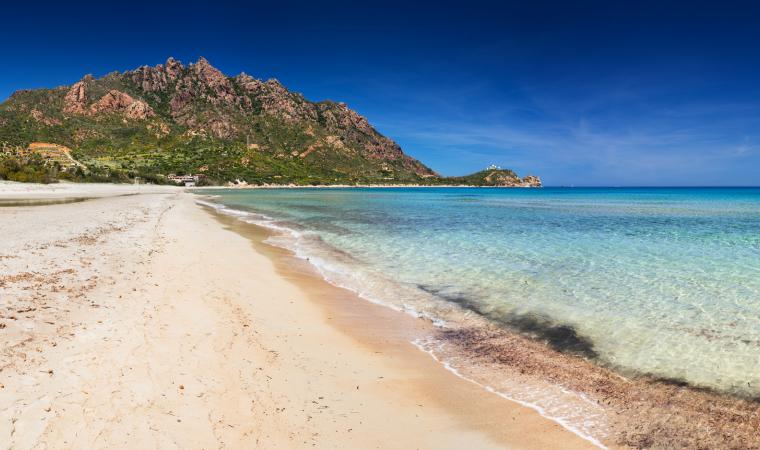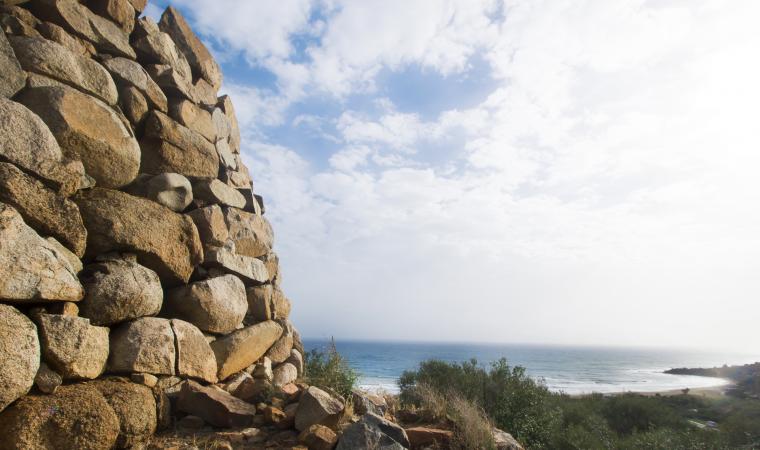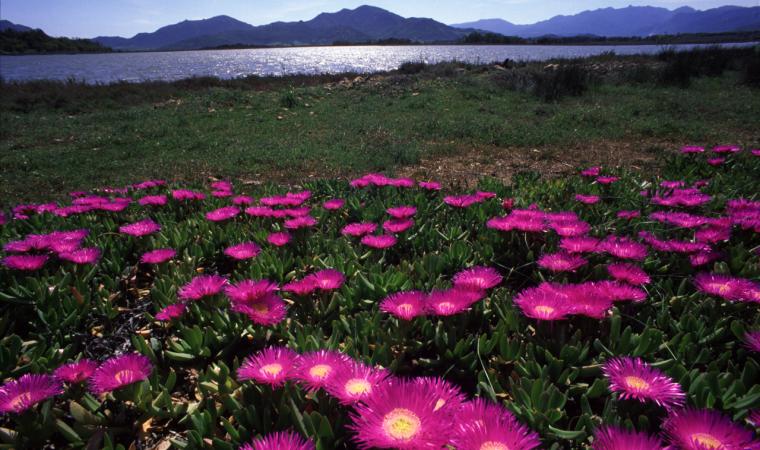It is one of the best-looking sacred wells in Sardinia and it has something extra: its top is a real puzzle. The structure attached to the tholos roof of the Nuragic fountain of is Pirois, in the territory of Villaputzu, has been the subject of debate for decades. It is commonly thought that the well dates back to the Middle Bronze Age, between the 15th and 18th centuries BC, but some similarities with the nearby well of Funtana Coberta in Ballao and with the Sanctuary of Santa Cristina in Paulilatino could move the date of its construction, perhaps to around the 14th century BC. The architectural structure is located on the top of a hill and has adapted to the slope. The atrium is bordered by two granite wall surfaces; from the architraved entrance, there are steps leading to the well, enclosed in a vaulted room with a pseudo-dome. The wall surface is made of evenly-placed slabs of schist, while the series of architraves is positioned as an ‘upturned staircase’, typical of the Island's sacred wells. The water source is still active and has a perennial nature.
The most original feature of the site stands on its summit: you will notice a circular room, apparently without entrances. In the centre of the floor, at the top of the tholos that covers the well chamber, there is a hole, while there is a small niche on one side. Many identify the structure as a single-tower nuraghe, which would make is Pirois the only documented case in Sardinia of a sacred well with a nuraghe built on it. However, the absence of an entrance, the evenness of the ashlars in the perimeter wall - where no infill is visible - and the internal elements, hole and niche - have led to the theory of religious or even practical functions. At is Pirois, unlike the more famous sacred wells, the sun’s rays do not reach the body of water of the spring through the entrance, but through the hole. The system of sunlight reflecting on the water and then on the ashlars of the architrave, in particular periods of the year, appears to be linked to rituals performed by priests and perhaps even linked to a system for ‘evaluating’ the availability of water for the fields and for the livestock, to be interpreted based on where the reflection of the light appeared. The niche also seems to respond to this purpose, as it is connected to a cavity between two ashlars of the ‘upturned staircase’: The two architectural elements, corresponding to certain positions of the sun, would allow the projection of a ray of light in the clearing in front of the entrance, a phenomenon interpreted as divine in the Nuragic age.
The artefacts discovered in the surroundings testify to the fact that the site continued to be frequented in the Roman period and in the Early Middle Ages. In addition, traces of circular huts have been identified in the area and the nuraghe Nurresu stands on the top of a hill in front of the well, providing evidence of an important settlement during the Bronze Age. A few kilometres to the south, you can dive into the Middle Ages by visiting the two most famous monuments of the Salto di Quirra: the castle of the same name and the Church of San Nicola, made entirely of terracotta bricks.

